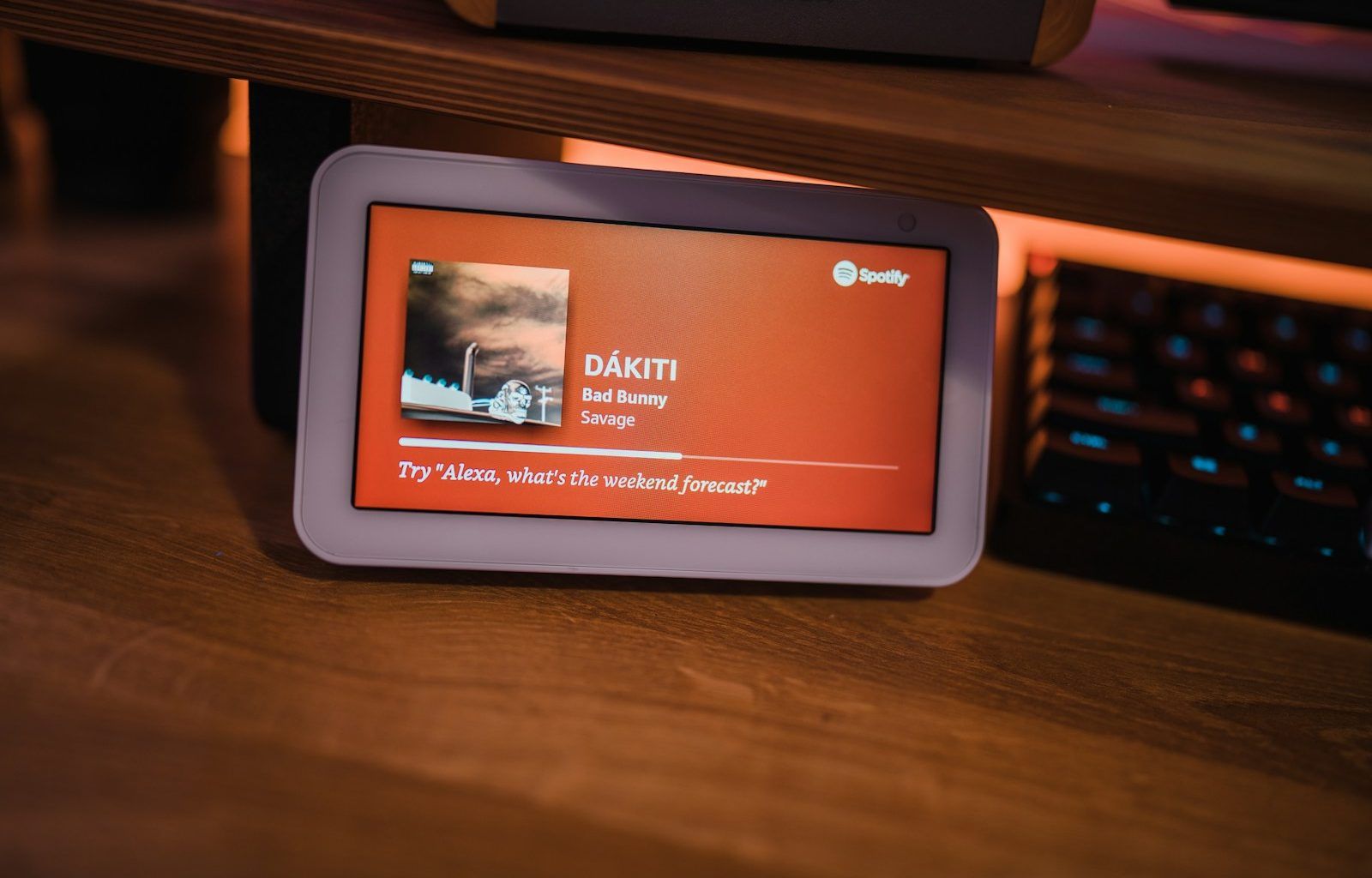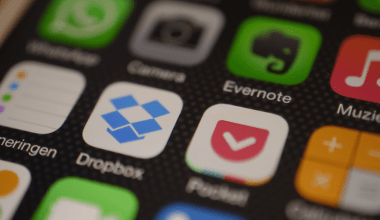When we think of listening to music in today’s digital world, Spotify is often the first platform that comes to mind. It’s fast, convenient, and offers millions of songs for listeners around the world. But there’s one big question on everyone’s mind—how does Spotify pay artists? Whether you’re an artist, a fan, or just curious about the music industry, understanding how streaming services like Spotify pay their artists is essential.
Over the years, Spotify has faced criticism and questions about its artist payment model. While it’s true that artists earn money from streams, the process can be confusing. In this blog, we’ll simplify how Spotify pays artists, talk about earnings per stream, and break down the system so anyone can understand it. Let’s dive into this topic step by step.
How Does Spotify Pay Artists?
Spotify pays artists through a system based on the number of streams a song gets. It’s important to know that Spotify does not pay artists directly. Instead, it pays rights holders. Rights holders can be record labels, distributors, or independent artists who own the rights to the music. These rights holders then distribute the earnings to the artists.
Spotify operates on a system called the “pro-rata” model. This means the total amount of money earned by Spotify is pooled together. From that pool, Spotify pays rights holders based on their share of total streams. For example, if your song accounts for 1% of all Spotify streams in a given month, you would get 1% of the earnings set aside for royalties.
It’s also important to note that Spotify pays different rates depending on factors like location, subscription type, and advertisement revenue. For example, a stream from a Premium subscriber generates more money than a stream from a Free-tier listener.
How Much Does Spotify Pay Per Stream?
One of the most common questions people ask is, “How much does Spotify pay artists per stream?” The answer isn’t straightforward because the payout rate can vary. On average, Spotify pays artists between $0.003 and $0.005 per stream. This means an artist would need roughly 250 to 350 streams to earn just $1.
Here’s a simplified example:
- If your song gets 1,000 streams, you might earn around $3 to $5.
- If you get 1 million streams, you could earn anywhere from $3,000 to $5,000.
While this seems like a small amount, it adds up over time. Artists who consistently get millions of streams can make significant earnings. However, for smaller or independent artists, earning a living solely from Spotify can be challenging.
Factors That Affect Spotify Artist Payments
Spotify’s payment model depends on several factors. Let’s look at some of the key ones:
1. Type of Listener
Spotify has two types of listeners: Free users and Premium subscribers. Premium subscribers pay a monthly fee, and their streams generate more revenue. In contrast, streams from Free-tier listeners are supported by advertisements and generate less money.
2. Country or Region
Spotify payouts also depend on the listener’s location. Countries with higher subscription rates, like the United States and the UK, tend to generate higher payouts. In contrast, streams from countries with lower subscription rates generate less money.
3. Number of Streams
The more streams your song gets, the more money you earn. However, your share of earnings depends on your percentage of the total streams on the platform.
4. Rights Holders
As mentioned earlier, Spotify pays rights holders, not artists directly. This means record labels, distributors, or publishing companies take a cut before the artist sees their share. Independent artists who upload music directly can keep a larger portion of the payout.
How Do Artists Upload Music to Spotify?
If you’re an artist wondering how to get your music on Spotify, the process is easier than you think. You can’t upload music to Spotify directly unless you’re partnered with a label or distributor. Independent artists use platforms like DistroKid, TuneCore, or CD Baby to upload their songs to Spotify.
These distributors act as middlemen between artists and Spotify. They handle the technical details, like formatting your music, getting it approved, and ensuring it’s available on the platform. In return, they take a small fee or percentage of your earnings.
The good news is that independent artists can earn money directly from Spotify without signing with a record label. However, success on Spotify often depends on promotion, marketing, and building a loyal fan base.
Why Do Artists Criticize Spotify’s Payment Model?
Despite its popularity, Spotify’s payment system has drawn criticism from many artists. The main reason is that payouts per stream are relatively low. For smaller artists, making a living solely from streaming income is almost impossible. To put it in perspective, an artist would need millions of streams per month to earn a reasonable income.
Here are some key reasons why artists criticize Spotify:
- Low Pay Per Stream: Earning $0.003 to $0.005 per stream is not enough for most artists to survive.
- Middlemen Take a Cut: Record labels, distributors, and publishers often take a share of the payout before it reaches the artist.
- Unfair Distribution: Spotify’s pro-rata model means that earnings are concentrated among the top artists with the most streams. Smaller artists earn far less.
What Is Spotify Doing to Support Artists?
Spotify has taken steps to address concerns and support artists. One initiative is “Spotify for Artists,” a platform that allows artists to manage their profiles, track analytics, and promote their music. Artists can see detailed information about their listeners, including demographics and locations.
Spotify has also introduced new tools like fan-funding options and merch integration, allowing artists to earn money in other ways. For example, artists can sell merchandise, tickets, or offer exclusive content to their fans.
In addition, Spotify has launched programs like “Loud & Clear,” which aims to provide transparency about its payment model. By sharing more data and breaking down how payouts work, Spotify hopes to address criticism and build trust with artists.
How Can Artists Make More Money on Spotify?
If you’re an artist looking to maximize your earnings on Spotify, there are several strategies you can use:
1. Build Your Audience
The key to earning more money on Spotify is getting more streams. Focus on building a loyal fan base through social media, live performances, and consistent music releases. The more listeners you have, the more streams you’ll get.
2. Release Music Regularly
Releasing music regularly helps keep your audience engaged. It also increases your chances of getting featured on Spotify playlists, which can boost your streams significantly.
3. Promote Your Music
Promotion is essential for success on Spotify. Use social media, email newsletters, and collaborations to spread the word about your music. Encourage fans to follow you on Spotify so they never miss a release.
4. Pitch Your Music to Playlists
Getting your music on Spotify playlists can dramatically increase your streams. Use the “Spotify for Artists” platform to pitch your music for playlist consideration. Focus on both Spotify-curated playlists and independent playlists.
5. Diversify Your Income
Since Spotify payouts alone may not be enough, look for other ways to earn money. Sell merchandise, perform live shows, and offer exclusive content to your fans. Platforms like Patreon or Bandcamp can help you connect with supporters and earn additional income.
Final Thoughts
Spotify has revolutionized the way we listen to music, but its payment model remains a complex topic. While Spotify does pay artists for their streams, the amount per stream is relatively low. For most artists, success on Spotify requires more than just uploading music. Building an audience, promoting songs, and exploring other revenue streams are all essential for earning a sustainable income.
Despite the challenges, Spotify continues to be a powerful platform for artists to share their music with the world. By understanding how Spotify pays artists and using smart strategies to maximize earnings, musicians can make the most of what the platform has to offer.
For further reading, explore these related articles:
For additional resources on music marketing and distribution, visit DMT Records Pvt. Ltd..






